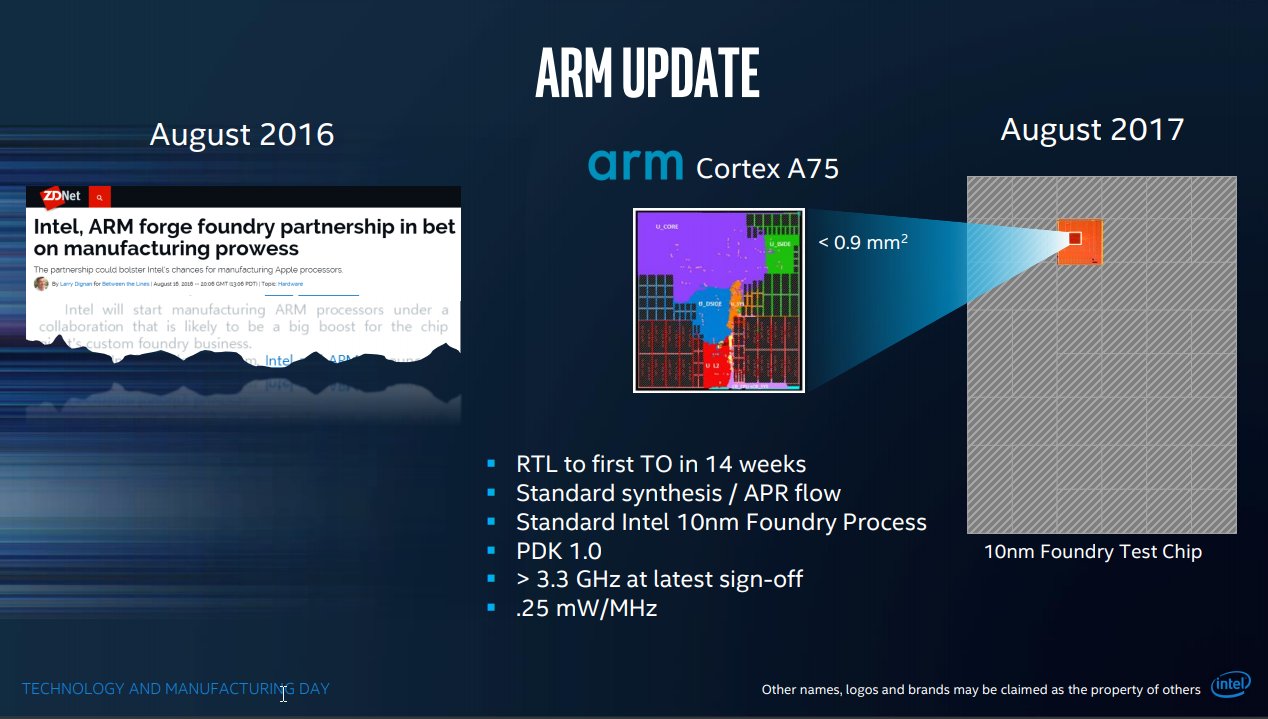Intel did add quite a few gates for these gains making the whole thing much less power efficient.
Muss less power efficient? From where did you get this? TDP didn't increase and first tests are claiming that the power efficiency is much improved.
https://translate.google.com/transl...x_mit_4_kern_gemini_lake_prozessor&edit-text=It's amazing that Intel has been able to significantly increase the efficiency of the processor, so the system is still 20% more economical than its predecessor on Apollo Lake basis despite 45% more power under full load.
Aside from this, Intel UHD 600/605 is not anywhere near competitive with even last years SoC offerings from likes of Qualcomm, Samsung and Apple. Putting in a larger Intel GPU would further degrade power efficiency.
A larger GPU doesn't automatically result in a degradation of power efficiency, the opposite is expected. Because with a bigger GPU it can be clocked way lower which is usually the more efficient way. But of course with Intels Gen9 Intel isn't able to compete with others because this architecture is outdated, almost 3 years old.





